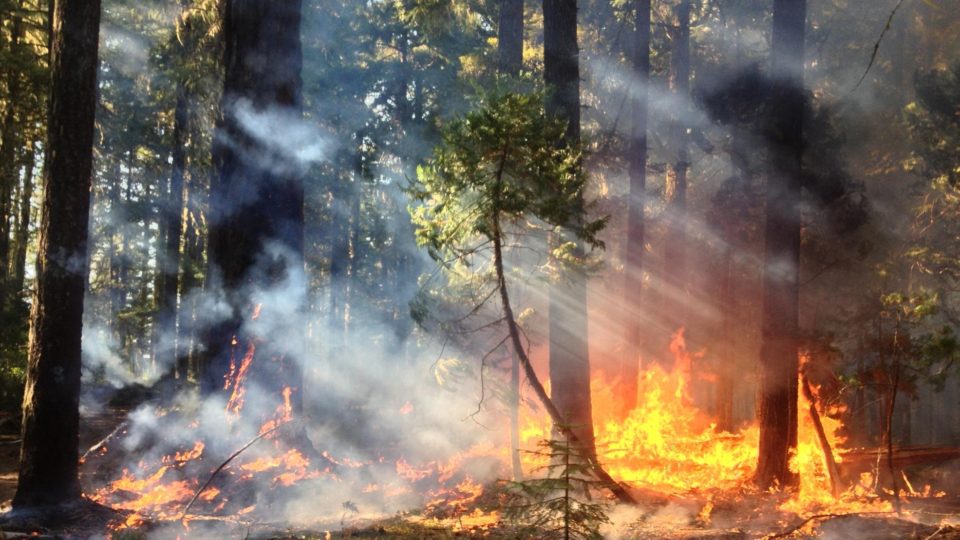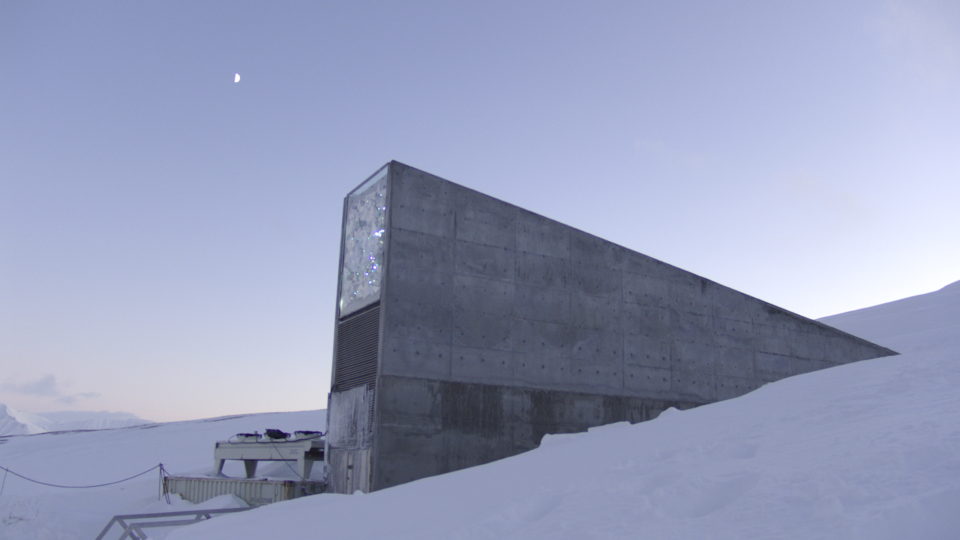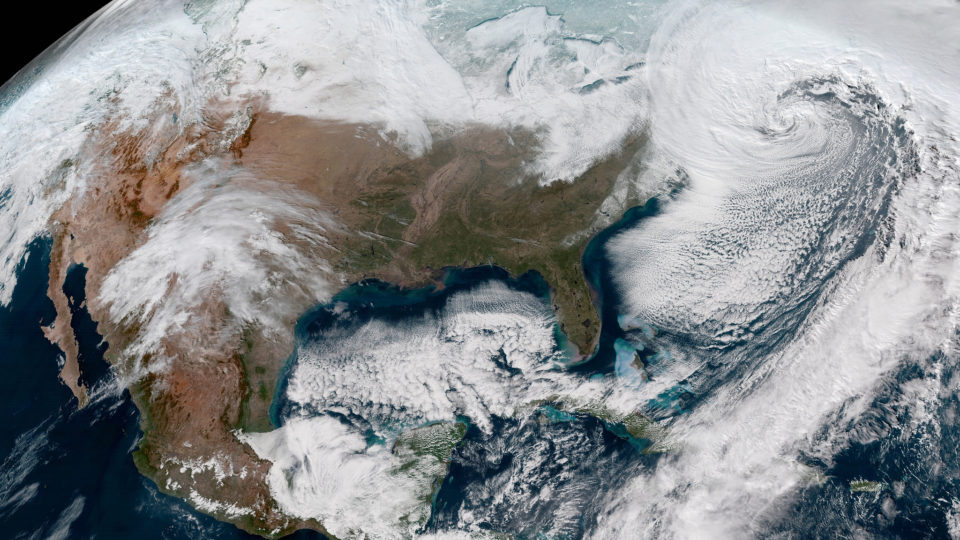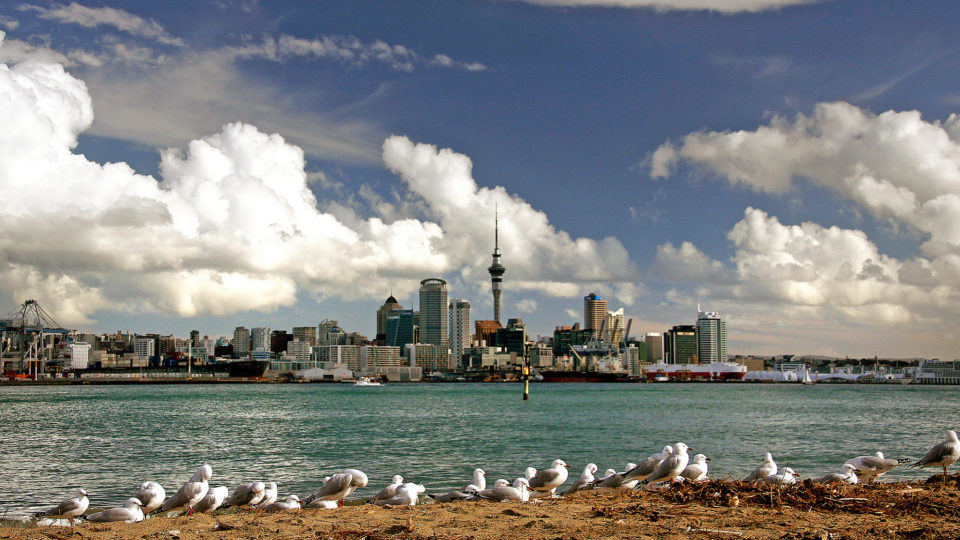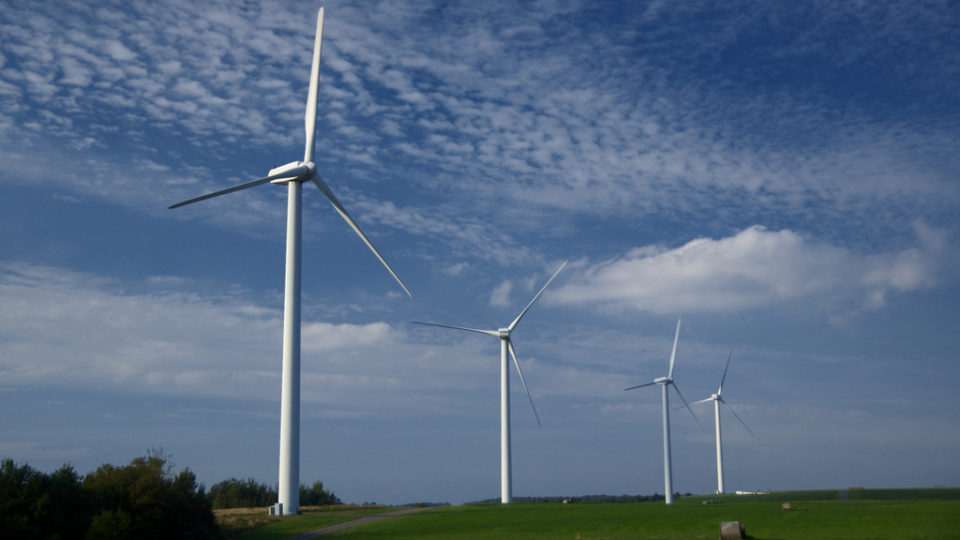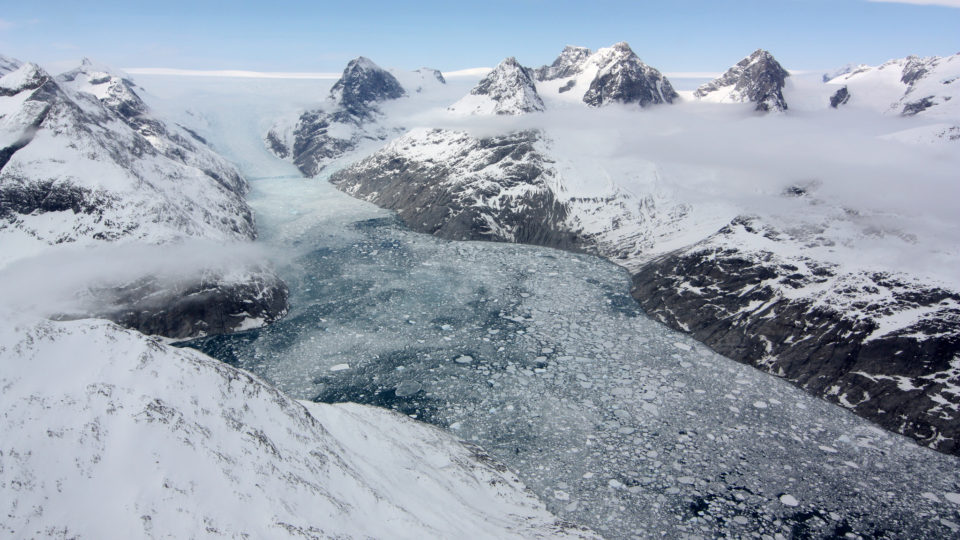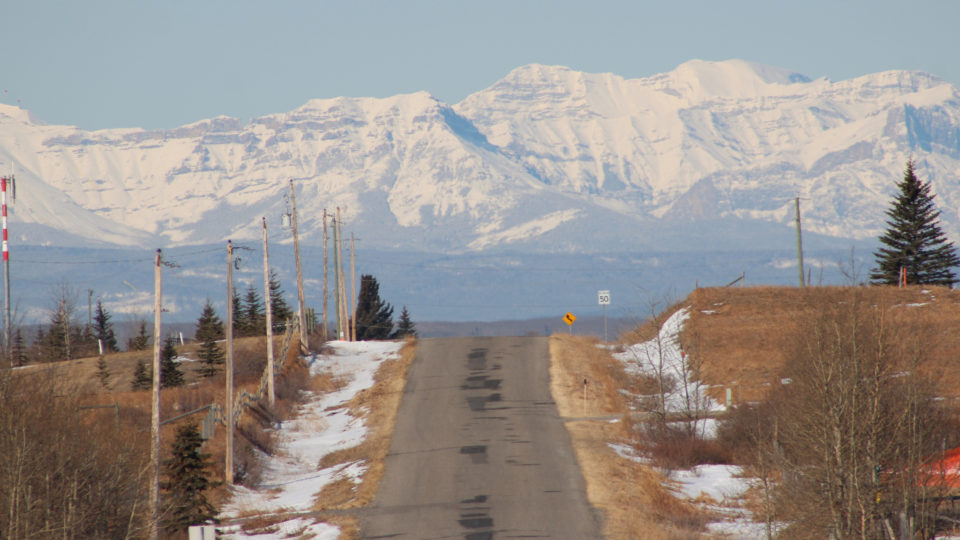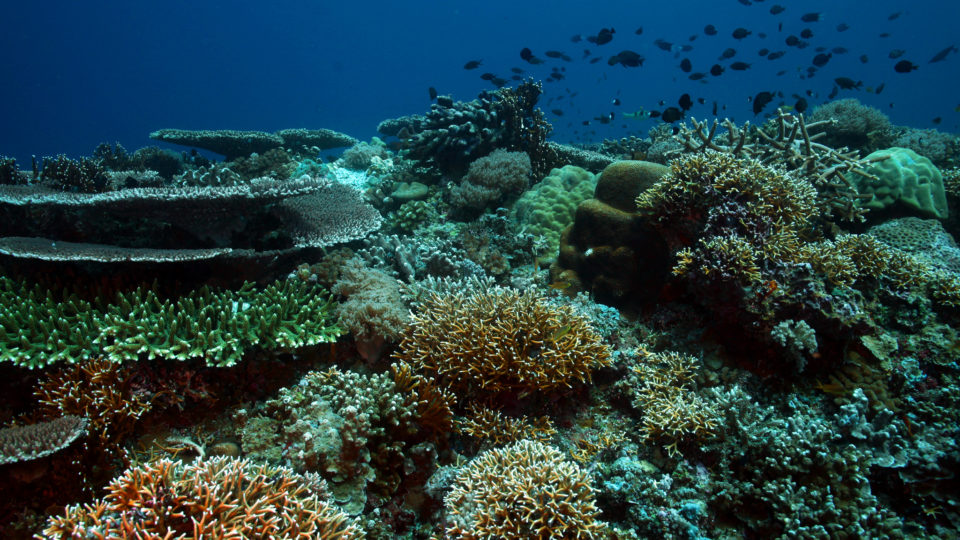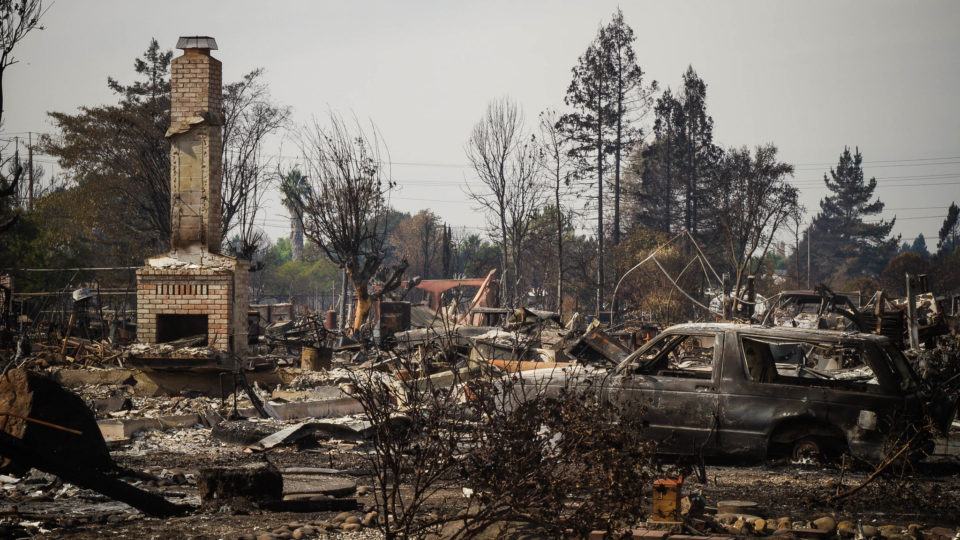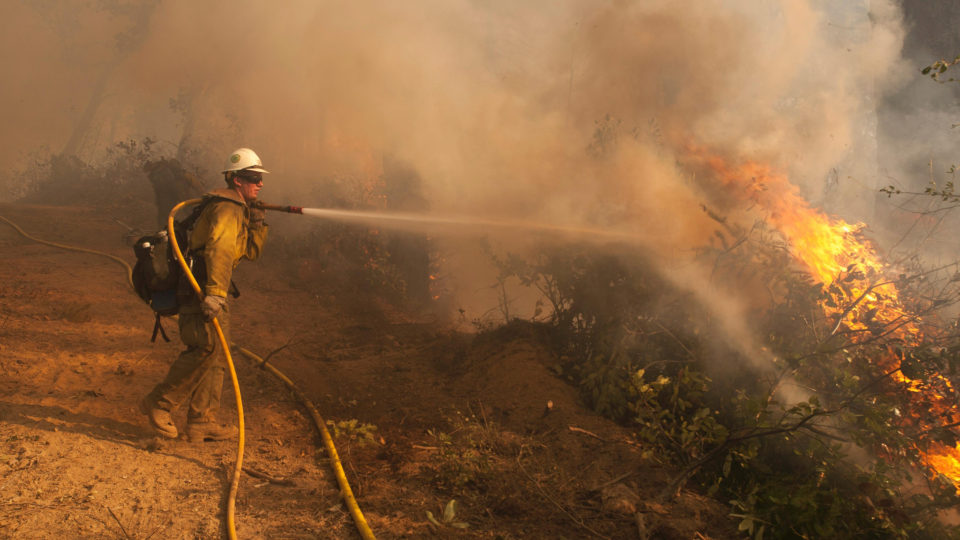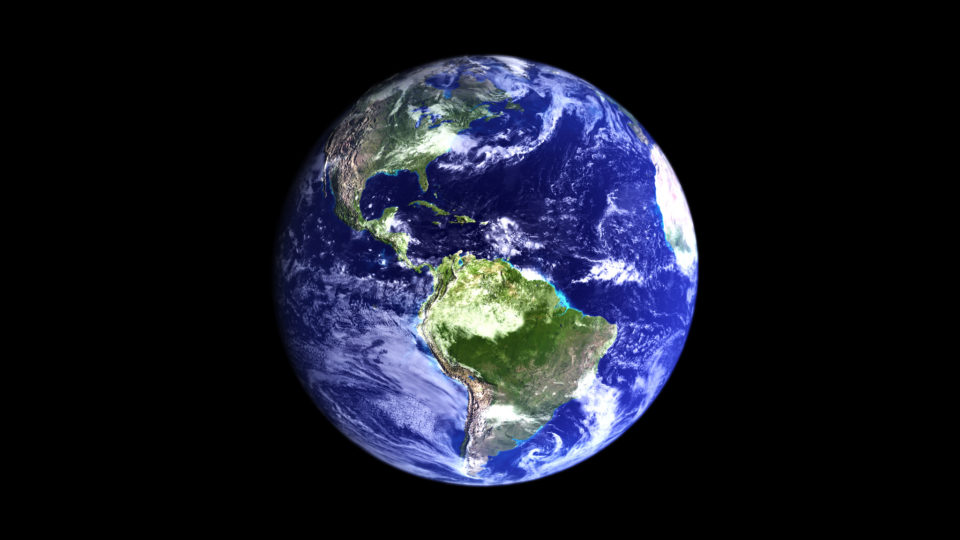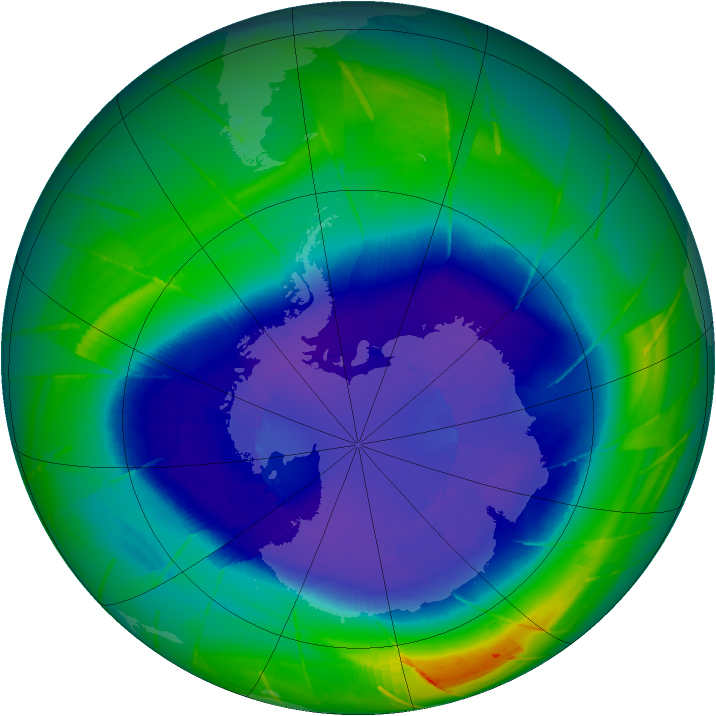global warming
Air Pollution Reducing Global Warming
Pollution particles emitted by diesel cars and trucks, coal-fired power plants, factories, primitive cook stoves, and the burning of forests are major contributors to the pervasive air pollution that plagues many cities and regions of the world. In India and China, such pollution leads to hundreds of thousands of deaths each year. And countries around the world are working hard to reduce pollution.
Upgrading The Doomsday Seed Vault
The Svalbard Global Seed Vault, located nearly 400 feet beneath the earth’s surface and fully funded by the Norwegian government, offers any government access to seeds in case of natural or man-made disaster. It’s more often referred to as the Doomsday Seed Vault. And ironically, it too is threatened by climate change.
Cold And Snow From Global Warming
The Arctic has been experiencing record warm temperatures and record low sea ice levels. During February, there were nine days in a row with temperatures averaging 27 degrees above normal and often above freezing. Over the previous 20 years, there were only two previous readings above freezing in February – once in 2011 and once last year.
Renewable Powered Cities
Cities are responsible for 70% of the world’s energy-related CO2 emissions and it appears that they are taking responsibility for reducing them. Over 7,000 mayors around the world have signed up to the Global Covenant of Mayors for Climate and Energy, thereby pledging to act on climate change.
Indirect Greenhouse Gas Emissions
When considering the greenhouse gas emissions associated with any energy source, it is important to look at the total life cycle emissions both from the direct use of the energy source and from the indirect emissions associated with building the system, producing and transporting fuels and other supplies and, ultimately, decommissioning the system. Taking all of this into consideration is necessary in order to have a full accounting of the carbon impact of power sources.
Algae And The Greenland Ice Sheet
The Greenland Ice Sheet is the second largest ice body in the world, after the Antarctic ice sheet. It is about 1,500 miles long, nearly 900 miles across at its widest point, and averages more than a mile in thickness. It has experienced record melting in recent years and is a source of great concern as the climate continues to warm. The Greenland Ice Sheet is losing an estimated 270 billion tons of ice each year. If the entire sheet were to melt, global sea levels would rise by 24 feet which, of course, would be a world-wide catastrophe.
The Ecology Of Dust
It isn’t something we think about very often, but dust is a connector of ecosystems around the world. Dust carries various minerals and nutrients to places where such things are in very scarce supply. This includes the oceans of the world as well as many forests and other ecosystems. For example, phosphorus-bearing dust carried from the Gobi Desert is essential to the growth of giant redwoods in California’s Sierra Mountains.
Climate Change And Barley
The impacts of increased carbon dioxide and the changing climate are often complicated and, it turns out, not always negative. In some areas of the world, people can actually benefit from increased CO2 and climate change. Barley, the most important feed crop for beef production in Alberta, Canada, as well as the province’s beef industry itself actually stand to gain from the changes that are most assuredly not a good thing for much of the world.
A Philippine Coral Reef Survives
One of the greatest coral reef ecosystems in the world, the Tubbataha Reef in the Philippines, continues to prosper. Undersea coral walls that plunge more than 300 feet deep are home to some 600 species of fish and 360 kinds of coral, about half of all known species. According to experts, the ocean wilderness of Tubbataha Reef is about the closest thing to a true natural state for any reef in the world.
Learning From Fire
The Tubbs Fire was the huge wildfire that burned parts of Napa, Sonoma and Lake counties in Northern California in October. Between that fire and several smaller ones going on at the same time, at least 43 people died and over 8,400 homes and buildings were destroyed. The Tubbs Fire alone burned over 36,000 acres. The even larger December wildfires in Southern California scorched hundreds of thousands of acres in multiple counties.
Hopeful Climate Trends
In November, Syria joined the Paris Climate Accord. As a result, the United States is now the only country in the world that has rejected the global pact. Despite this embarrassing news, there is reason for optimism in the effort to stave off the worst impacts of climate change. In particular, 7 major trends provide hope that things could move in the right direction.
An Internal Price On Carbon
As the world looks to reduce carbon emissions, many companies are dealing with paying for their carbon emissions as part of the cost of doing business. But apart from the situations in which companies already are required to pay for their carbon emissions, a growing number of companies now build carbon pricing into their business plans even if they are not yet directly paying for their emissions. This practice is known as putting an internal price of carbon into their business plan.
The Deadly Cost Of Pollution
There is deservedly a great deal of focus on the effects that carbon pollution is having upon the climate and most countries around the world are working to reduce their emissions. However, even if climate effects were not a serious threat to humanity, pollution is a deadly menace to human health.
Spreading Like Wildfire
Last July 7th, 140 wildfires started up in British Columbia, triggering a state of emergency. By the end of the summer, more than 1,000 fires had been triggered across the Canadian province, burning nearly 3 million acres of forest, about 10 times more than the average over the past decade.
Another Unconventional Fossil Fuel Source
It has only been about 10 years that fracking has been a big deal in the energy world. With it, a largely inaccessible source of fossil fuel became relatively easy pickings. And both the economic benefits and the attendant environmental problems have been grabbing headlines ever since.
[Read more…] about Another Unconventional Fossil Fuel Source
The Effects Of One Degree
In discussions of global warming, we often hear about the effects of a 2-degree rise in temperature or a 1-degree rise in temperature. For most of us, such changes seem pretty insignificant. Of course, in our daily lives, a one-degree temperature change is not particularly noticeable. But in the context of climate change, we are talking about a change in average temperature over time, not the temperature on a particular day or at a particular time.
Measuring Earth’s Outgoing Energy
The earth’s energy imbalance is the difference between the amount of solar energy absorbed by the earth and the amount of energy the planet radiates back into space as heat. If the imbalance is positive, that is, if more energy is coming in than going out, then the earth will get warmer over time. If the imbalance is negative, then the planet will get cooler.
Air Travel And Global Warming
Air travel is pretty carbon intensive. For those of us who take plane trips, it represents a substantial part of our individual carbon footprints. It isn’t that plane travel is inefficient fuel-wise on a miles-per-gallon-per-passenger basis compared with driving, for example. It is just that we go so much farther on planes. Currently, aviation accounts for only a few percent of overall carbon emissions, but that is changing for two reasons.
Ozone Treaty And Greenhouse Gas Emissions
The Montreal Protocol, the international treaty adopted to restore the earth’s protective ozone layer almost thirty years ago, turns out to also have had a major impact on climate-altering greenhouse gas emissions.
[Read more…] about Ozone Treaty And Greenhouse Gas Emissions

